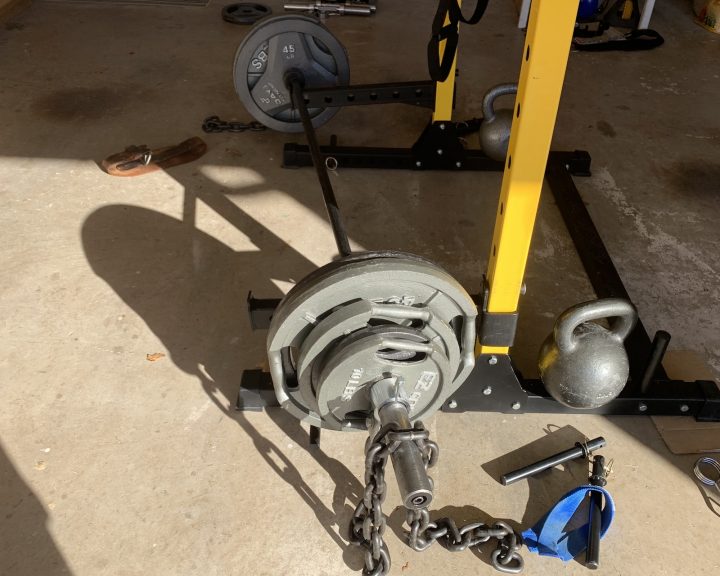Patellar tendinopathy, also known as jumper’s knee, is an overuse injury that is frequently experienced by many athletes, especially basketball and volleyball players. It’s also a topic that I’m interested in for selfish reasons as this is something I’ve battled with frequently. The latest issue of the International Journal of Sports Medicine has a literature review on this topic looking at the relationship between this injury and both takeoff and landing with jumping.
The authors found that subjects with patellar tendinopathy had:
• A lower peak angular velocity and lower average angular velocity at the knee during the decent phase of the take-off during vertical jumps.
• A lower degree of knee and ankle flexion upon landing than subjects without during vertical jumps.
• A greater hip angular velocity upon landing than subjects without during vertical jumps.
• A lower angular eccentric velocity at the knee during landing than subjects without during vertical jumps.
• Greater hip flexion, abduction, internal rotation, knee flexion, external rotation upon landing from a horizontal jump than subjects without.
• Greater hip angular velocity and lower knee angular velocity upon landing from a horizontal jump than subjects without.
• With regards to the above results, the only measures that met statistical significance where the ones dealing with the horizontal jumps.
Now, it needs to be pointed out that the authors included six studies in their literature review. There’s a lot that we don’t know about the subjects, their injuries, events leading up to, conditioning, etc. We do know that one of the studies that the authors reviewed did not use patients with patellar tendinopathy, it used patients with a “patellar ultrasonographic abnormality,” the presence of which increases the likelihood of developing patellar tendinopathy. The majority of the statistically significant results come from this one study and this is the study dealing with the horizontal jumps.
Reading the article, it seems that the results mentioned above are compensations for the injury. In other words, the presence of patellar pain means that subjects will rely more on their hips and less on their knees to jump/land and will especially attempt to minimize eccentric loads at the knee. It also seems to me that this is one of those cases where real world significance may not equate to statistical significance, i.e. minor changes in kinematics may have major changes on performance and compensations in the athlete’s kinetic chain.
The authors, however, take the approach that these changes in jumping kinematics are predictive of the development of patellar tendinopathy. In their article, they state that: “The present review suggests that risk factors for developing PT (patellar tendinopathy) are in general: 1) joint flexion angles at touchdown that reduce the available ROM, 2) small post-touchdown ROM in the joints, and 3) high post-touchdown joint angular velocities” (pg. 720). The rationale for making this statement is the fact that the statistically significant results are only from the paper dealing with the ultrasonographic abnormality, and therefore might be an indication that tendinopathy might develop one day.
I don’t know that you can develop and support that conclusion from the information that has been presented in the article. Two interesting things stand out to me, with some cautions. The first is that landing seems to be more affected than taking off. This should make sense as the the eccentric loading would be greater upon landing. The second is the suggestion that horizontal jumping may be more impacted than vertical jumping. The caution is that lumping these six studies together is comparing apples to oranges so it is difficult to draw and support this conclusion.
This study has some interesting suggestions, but I think it’s an example of how practitioners need to read these studies critically rather than blindly accepting the conclusions in the last few paragraphs.
der Worp, H.V. de Poel, H.J., Diercks, R.L., Akker-Scheek, v.d., and Zwerver, J. (2014). Jumper’s knee or lander’s knee? A systematic review of the relation between jump biomechanics and patellar tendinopathy. International Journal of Sports Medicine, 35, 714-722.



